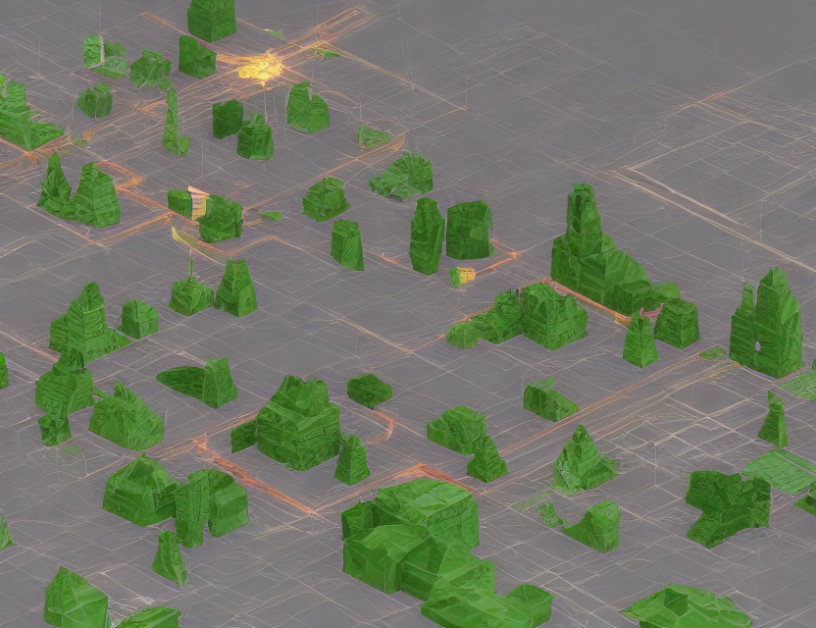Imagine you’re a painter, and you want to create a beautiful landscape painting. You could mix different colors on your palette to create the desired hues, but what if you could also capture the specific wavelengths of light that are present in the scene? That’s what Spectral NeRF does – it represents scenes with spectral-aware neural radiance fields, allowing for more accurate and detailed renderings.
Spectral NeRF: What It Does
Spectral NeRF is a method that extends traditional NeRF (Neural Radiance Fields) by incorporating spectral information into the scene representation. Traditional NeRF only considers the overall radiance of the scene, but Spectral NeRF takes into account the specific wavelengths of light present in the scene, creating a more detailed and accurate representation. This is achieved through the use of spectral-aware neural networks that learn to predict the spectral distribution of the scene.
How It Works
Spectral NeRF works by first capturing the spatial information of the scene using a neural network. This network learns to predict the radiance of each point in the scene based on its location and viewing direction. However, instead of simply predicting the overall radiance of the scene, the spectral-aware networks also predict the spectral distribution of the scene, including the specific wavelengths of light present.
These predicted spectral distributions are then used to create a detailed rendering of the scene, taking into account the specific wavelengths of light present in the scene. This results in a more accurate and detailed rendering than traditional NeRF, which only considers the overall radiance of the scene.
Advantages
The main advantage of Spectral NeRF is its ability to capture the specific wavelengths of light present in a scene, resulting in a more accurate and detailed rendering. This is particularly important in applications where accuracy is crucial, such as in computer-aided design (CAD) or virtual reality (VR).
Another advantage of Spectral NeRF is its ability to handle complex scenes with multiple light sources. Traditional NeRF can struggle with these types of scenes, but Spectral NeRF is able to accurately capture the specific wavelengths of light present in each source, resulting in a more realistic rendering.
Conclusion
In summary, Spectral NeRF represents scenes with spectral-aware neural radiance fields, allowing for more accurate and detailed renderings. By incorporating spectral information into the scene representation, Spectral NeRF is able to capture the specific wavelengths of light present in a scene, resulting in a more realistic rendering. Its ability to handle complex scenes with multiple light sources makes it particularly useful in applications where accuracy is crucial.



